Clickthrough research data reveals the importance of 1st, 2nd or 3rd position in Google
You often hear company owners saying “I want to rank top” for their target keywords. Although this may be an unrealistic hope, they’re right to say this since they realise that the proportion of clicks driven by top positions is much higher.
Research showing average clickthrough rates by position in the SERPs (Google’s search results pages) are useful since they can help make the business case for more investment in SEO since you can estimate uplift in visits with improved rankings when performing a gap analysis for which keywords to improve in SEO, using search query data from Google Search console, for example.
The best open source for this data today is the Advanced Web Ranking organic CTR research which we share here, so you can check out the different CTR analysis it gives. This data is from July 2016 - the most recent update of the research. We will look at 3 examples of how CTR varies by position depending on different searcher intent.
1. Organic SERPs CTRs for Brand vs non-branded keyword intent
It’s well known that clickthrough rates for branded or navigational keywords are higher - the blue curve shows this well.
The red curve is of most interest from an SEO point-of-view. This shows the value of being in the top 3 clearly with CTRs from 30% in first position to 12% in third position. In the lower positions of 9 to 10, CTR has fallen to a paltry sub 2%.
Here branded CTRs are selected by AWR when part of the string in the domain name appears in the search.
2. Organic SERPs CTRs for generic vs long-tail terms
Generic searches for products are typically 1 or 2 words. Long tail terms are 4 or more. This chart shows a similar pattern of decline to above, but a higher level of CTR for the long-tail SEO technique by 3 to 5% by position. Typically this will because long-tail searches have fewer ads and competition may be lower. It shows the benefit of an approach targeting long-tail keywords.
3. Organic SERPs CTRs variation based on intent type
We see a similar decline here, but with lowest figures for commerical and location-based intent where there is typically more competition from AdWords clicks and other SERPS features such as maps for location searches.
Here the different search intent types are defined by these keywords in the search query :
- Commercial intent - buy, purchase, cheap, pricing, etc.
- Informational intent - what, when, where, how, restaurant, hotel, flight, news, etc.
- Location intent - near, nearby, from, directions, airport, route, maps, etc.
- Specific intent - sums up the keywords with all three intents described above.
Previous research on organic CTR by position in SERPS
This post updates on previous research, summarised by Chris Soames, an analysis of natural search clickthrough rates (CTRs) from Optify showed the importance of Page 1 and, in particular the top 3 positions. The AWR data has the advantage that is updated regularly based on reports across their clients, so samples thousands of sites. It also has some category breakdown and also takes screen resolution for smartphone into account.
Chris also showed how you can use this curve to model the search volume you will get for different positions - this can be used to make the case for more investment in SEO.
The Optify data wasn’t across all industries and also limited in that it didn’t isolate the impact of brand terms (which account for a high proportion of search and tend to have a higher percentage of clicks on the top position).
Given these limitations of the Optify data, it was good to see a cross-industry comparison of CTRs published by MEC Manchester. Their infographic showing Google clickthrough rates by position certainly makes for interesting reading.
Brand vs non-brand clickthrough rates
You can clearly see the higher clickthrough rates for brand terms here and how they impact the overall rates.
Sector-specific clickthrough rates
The industry reports are interesting too - showing a surprising amount of variation between sectors, but there is a common pattern of the first three positions accounting for over 50% of clicks…
Paid vs natural share of search clicks
Another insight in this research shows that despite Google’s changes to the SERPs over the years, which have been roundly derided by SEOs, the vast majority of clicks are still on the natural listings. This research suggests 94% on the natural listings. A much higher proportion than previous data from the likes of iProspect from several years ago.
Methodology
Although published in Summer 2012, this research dates back to June 2011, so doesn’t reflect the latest changes to the SERPs results. The research is based on 28 million people in the UK, making a total 1.4 billion search queries during June 2011. It’s based on research from GroupM UK carried out with Nielsen.
Here is the full infographic.
from Blog – Smart Insights http://www.smartinsights.com/search-engine-optimisation-seo/seo-analytics/comparison-of-google-clickthrough-rates-by-position/
via Tumblr http://euro3plast-fr.tumblr.com/post/151099317994
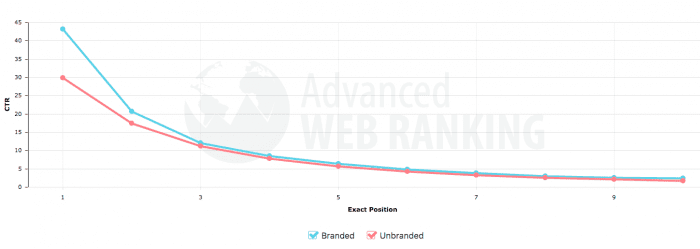
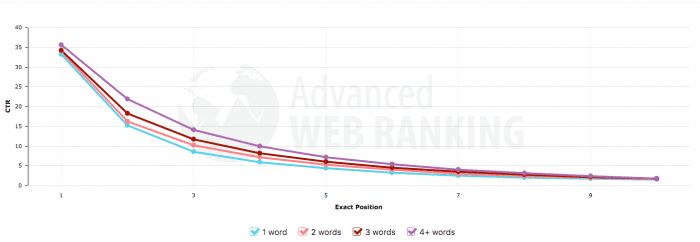
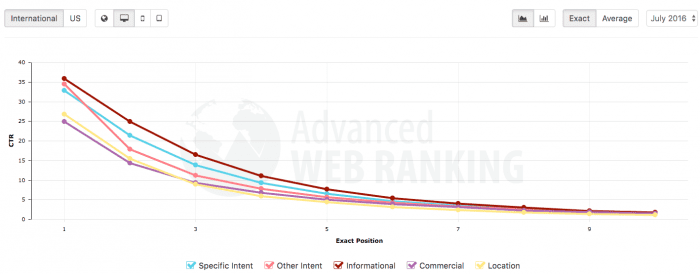
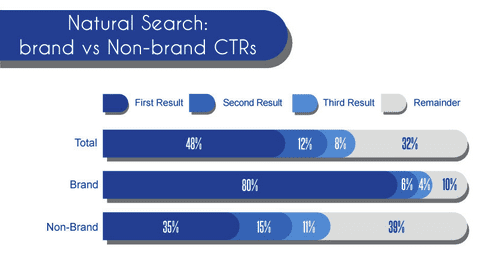
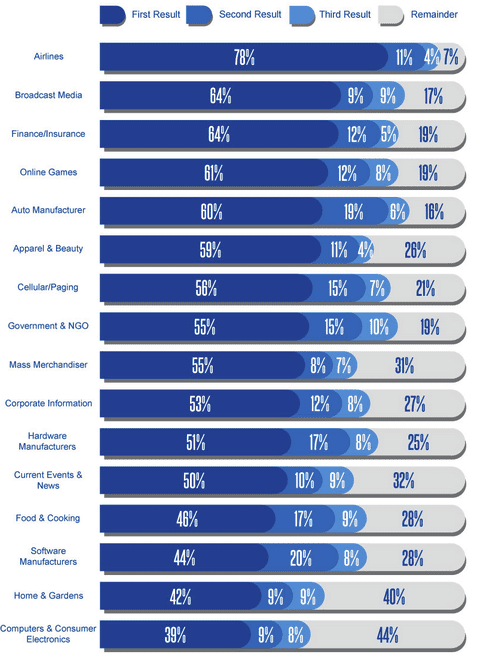
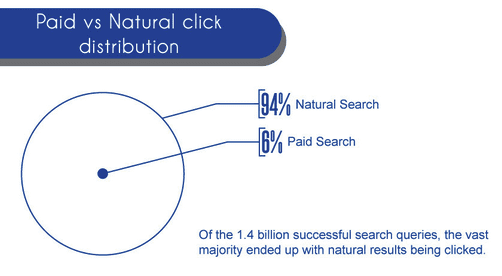
No comments:
Post a Comment